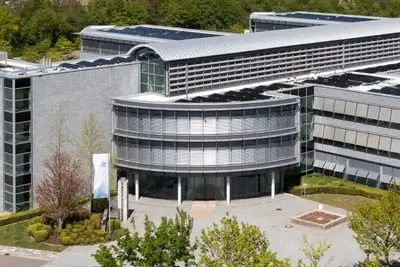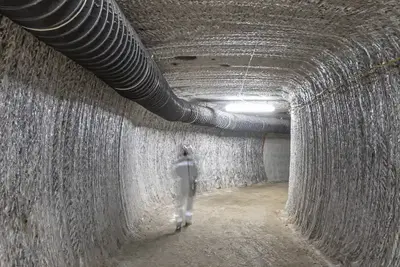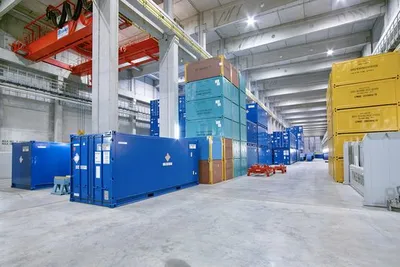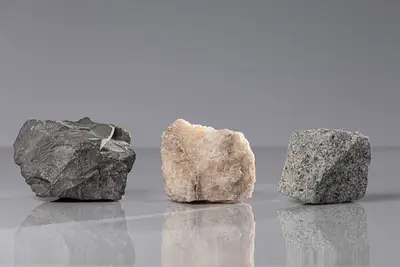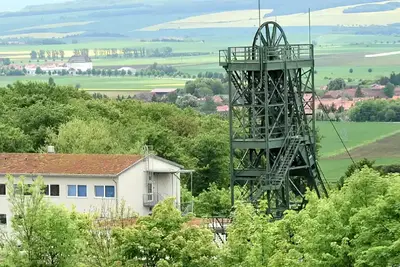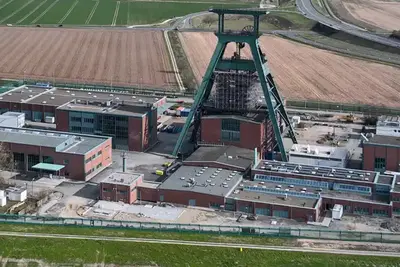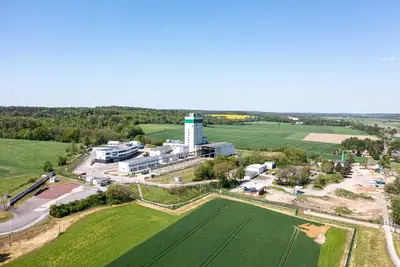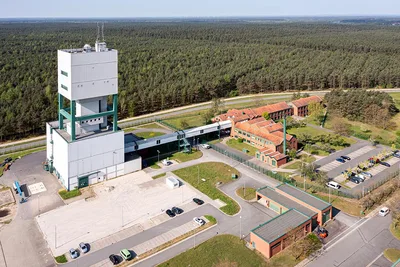What are the requirements for safe disposal?
The disposal of radioactive waste is an extensive process consisting of many individual steps. In this context, the BGE is responsible for searching for, building, operating and eventually sealing repositories. The basis for safe disposal is the presence of suitable geology in which the waste can be safely contained for thousands of years. In the licensing procedure, the geology of the Konrad repository was found to be suitable.
Before radioactive waste can be transported and emplaced in a repository, however, the waste must first be sorted and treated. In the case of low- and intermediate waste materials that are to be emplaced in the Konrad repository, the corresponding waste producers are required to collect and document all waste that arises.
Furthermore, the various materials must be treated in such a way that they can ultimately be bound within the waste containers. This “conditioning” process entails the proper packaging of radioactive waste materials – which may be concrete surfaces removed from nuclear power plants or operating materials contaminated with radioactive substances. Liquid or fluid materials must be evaporated or bound in such a way that they take on a solid form. The conditioning is inspected by independent experts on the companies’ behalf.
The finished containers are placed in interim storage until they are transported to the repository. This interim storage is the responsibility of the bundeseigene Gesellschaft für Zwischenlagerung (BGZ) (external link). Before being transported to the Konrad repository, the containers must first undergo product control. This process involves making a further check of the details of the finished containers, such as whether they are an approved container or whether all necessary documents are present. The contents of the containers are also sampled at random. Only if all of the final disposal conditions are met do the containers receive clearance for transport to the Konrad repository.
Product control – explained in 90 seconds (english subtitle)
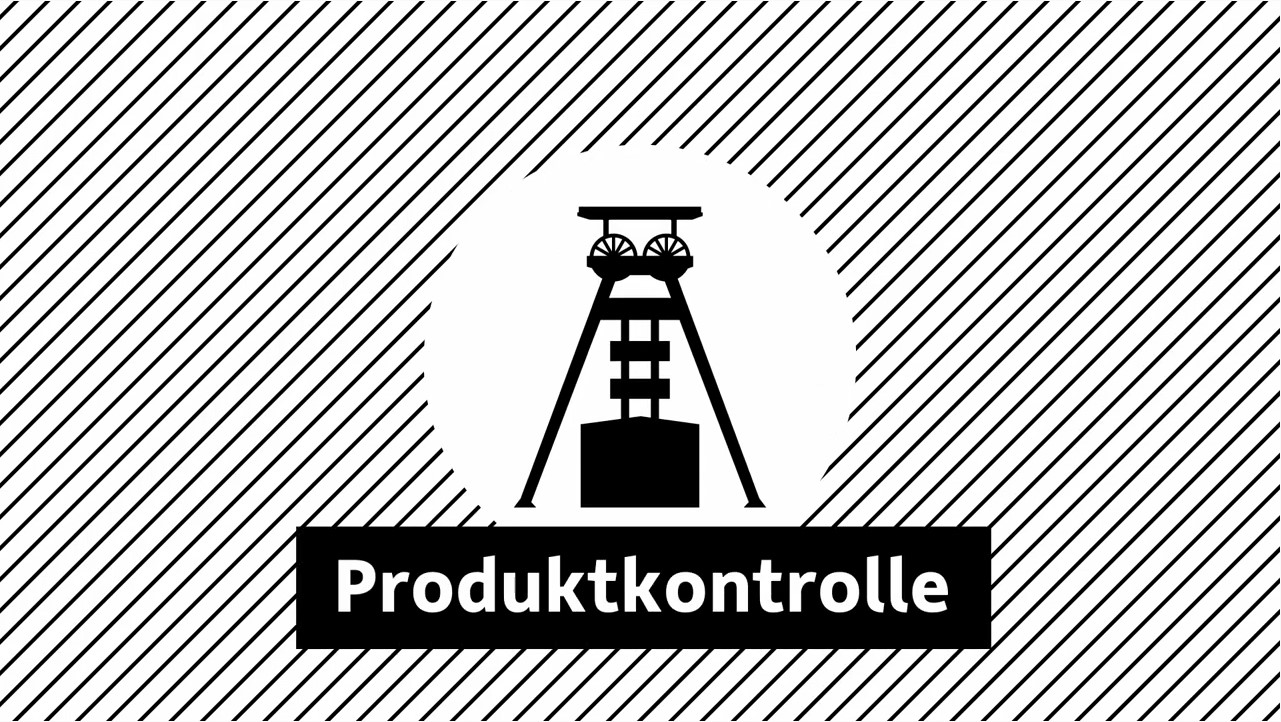
Who monitors safety?
The handling of radioactive materials is strictly regulated in Germany. This regulation is based on the Atomic Energy Act (AtG) and the Radiation Protection Act (StrlSchG), as well as the Radiation Protection Ordinance (StrlSchV). For the Konrad repository, all supervisory matters are dealt with by the Federal Office for the Safety of Nuclear Waste Management (BASE).
The area around the Konrad repository must be monitored for radioactive materials using measuring instruments for at least two years prior to commissioning and during emplacement operations. In this way, it is possible to ensure safe operation and therefore the protection of the general public from radiation. This monitoring is based on the “Guideline concerning Emission and Immission Monitoring of Nuclear Installations" (external link; REI). The BGE began the measurement programme in 2019 and commissioned an additional measurement programme to supplement the legally stipulated measurements.

